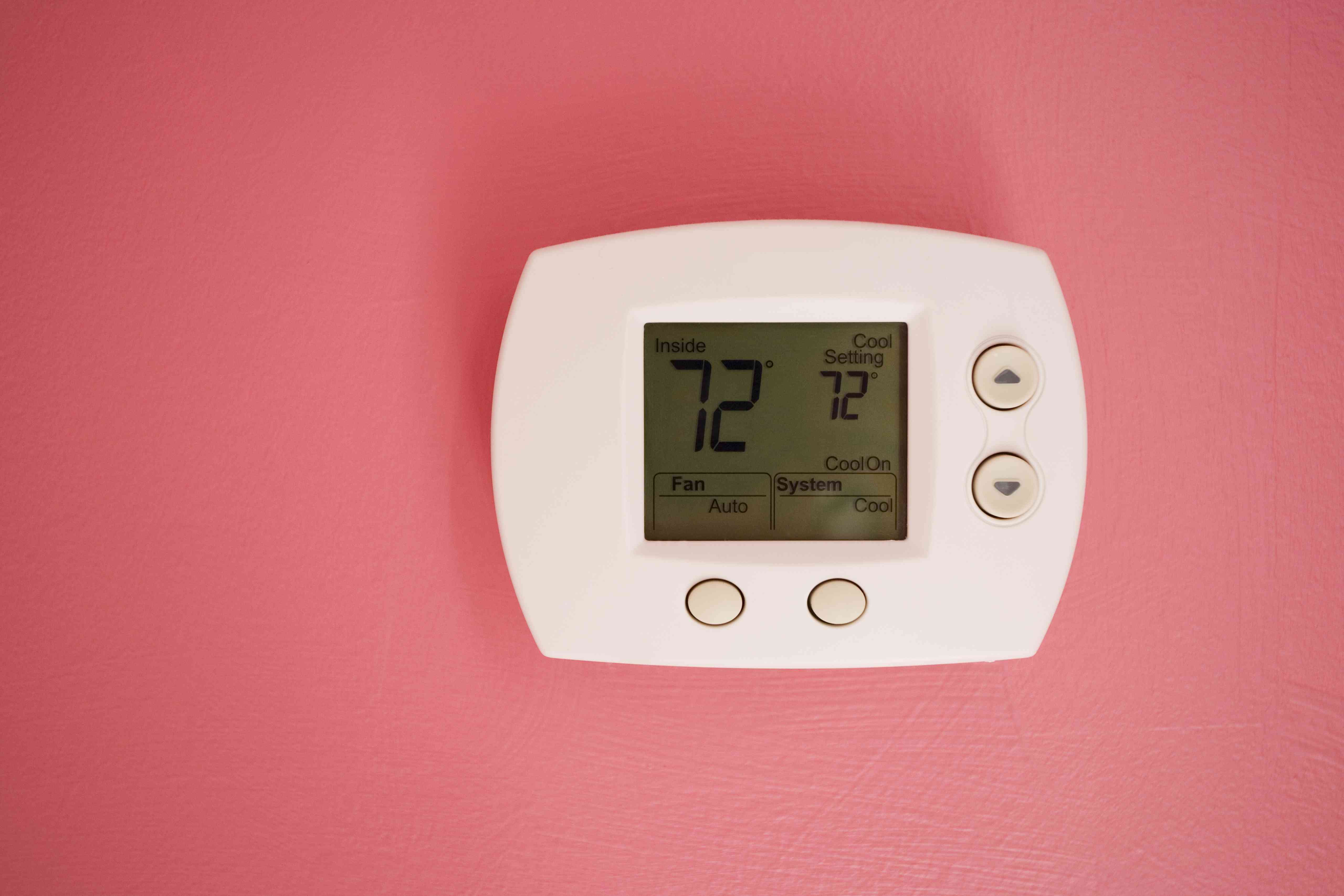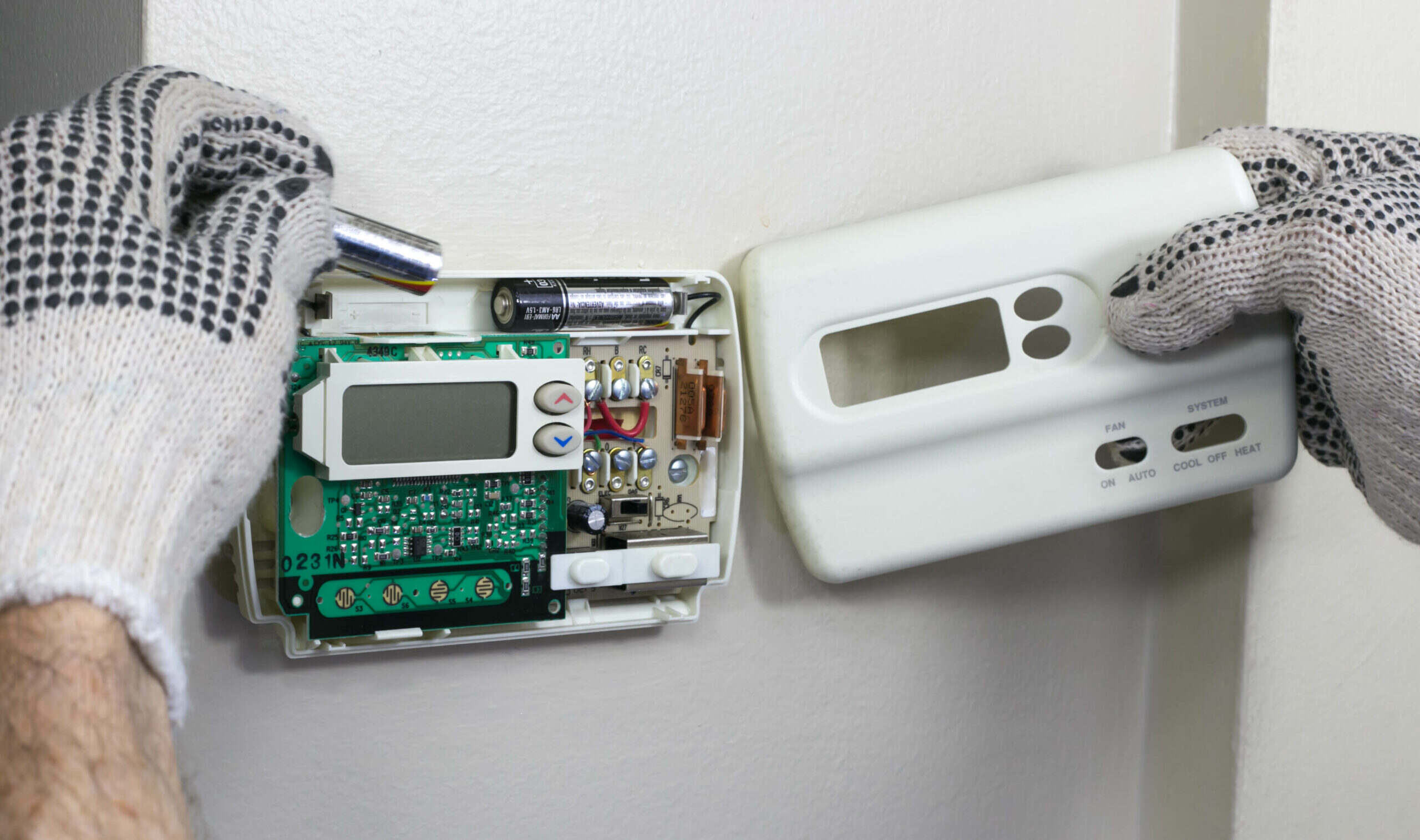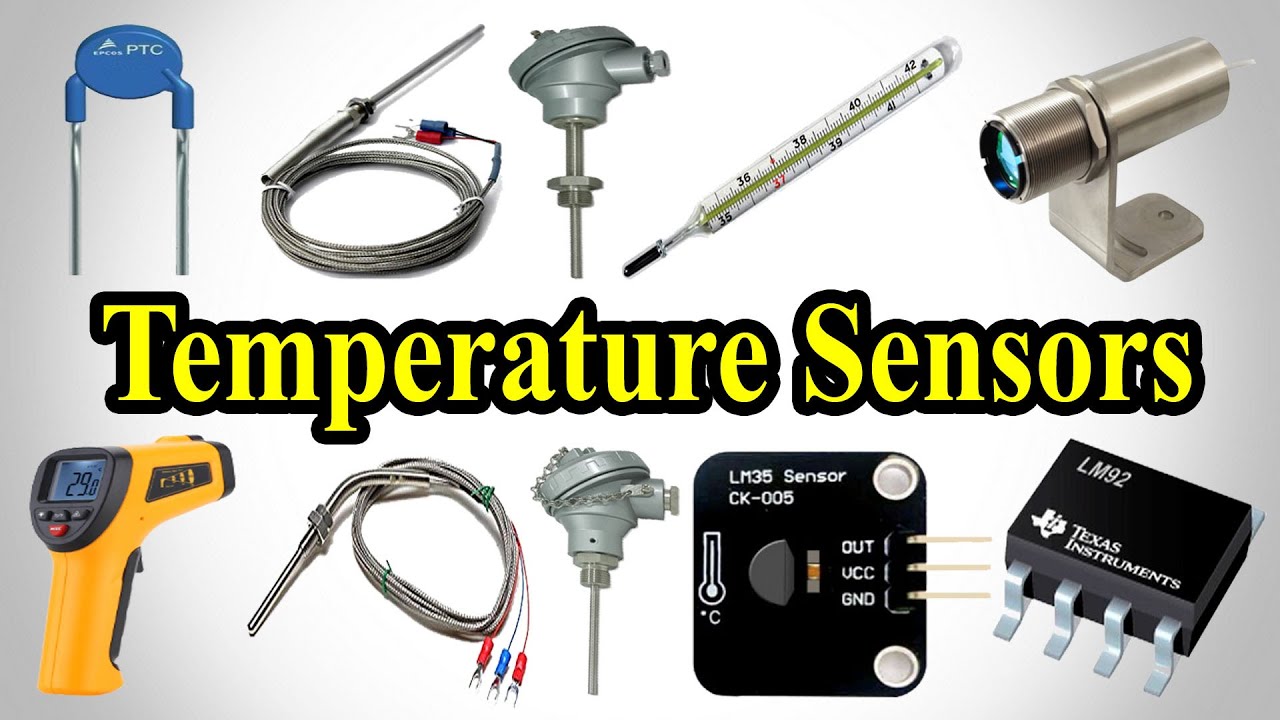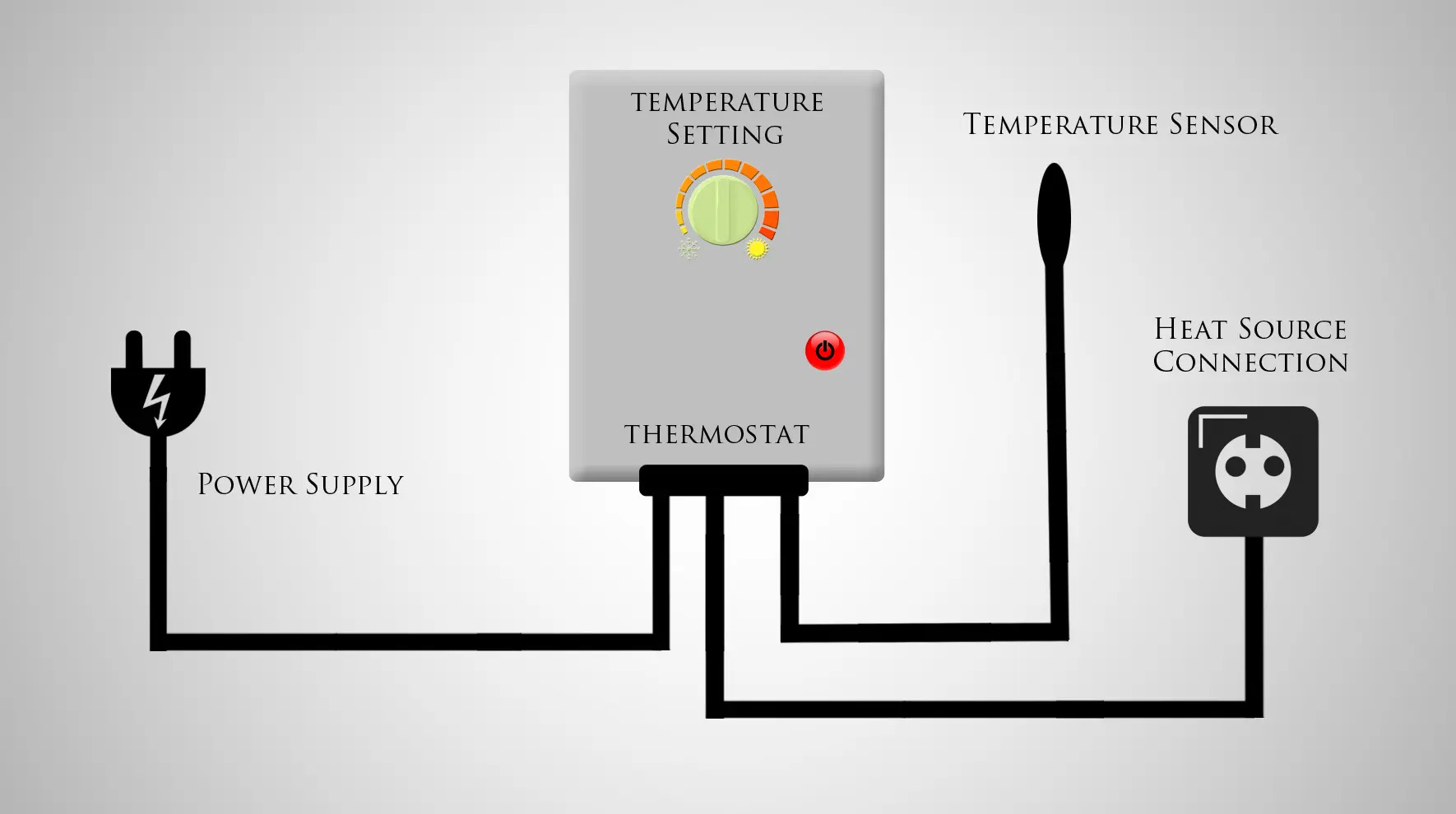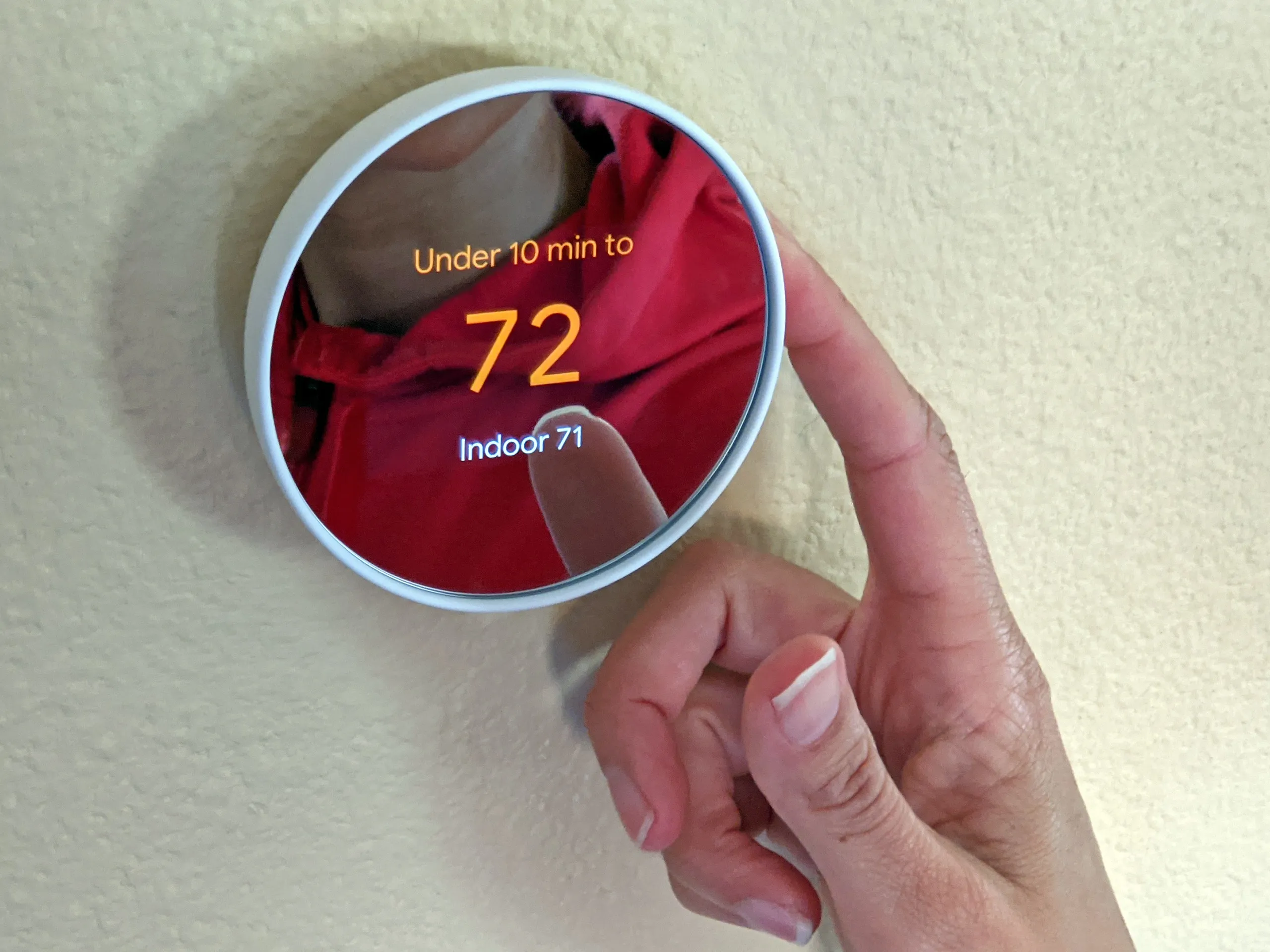Introduction
When it comes to controlling the temperature in our homes, mechanical thermostats have been the tried and true method for decades. These devices serve as the control center for our heating and cooling systems, allowing us to maintain a comfortable environment in our living spaces.
One integral component of mechanical thermostats is the switching mechanism, which plays a crucial role in turning the system on or off based on the desired temperature settings. By understanding the different types of switching used in mechanical thermostats, we can better appreciate the efficiency and reliability of these devices.
In this article, we will explore the various forms of switching utilized in mechanical thermostats and discuss the most common form of switching found in these devices. We will delve into the advantages and limitations of this particular form of switching, shedding light on why it has become the go-to choice for manufacturers in the industry.
Whether you are a homeowner wishing to optimize your HVAC system or simply curious about the inner workings of mechanical thermostats, this article will serve as a valuable resource to help you understand the importance and impact of switching in these devices.
Understanding Mechanical Thermostats
To grasp the significance of switching in mechanical thermostats, we must first have a basic understanding of how these devices function. Mechanical thermostats are simple yet effective temperature control devices commonly found in residential and commercial buildings.
At its core, a mechanical thermostat consists of three primary components: a temperature sensing element, a control mechanism, and a switching mechanism. The temperature sensing element, typically a bimetallic strip or a gas-filled bulb, detects changes in temperature and translates it into mechanical movement.
As the temperature rises or falls beyond the desired set point, the control mechanism engages and adjusts the switching mechanism accordingly. This action triggers the heating or cooling system to activate or deactivate, maintaining the desired temperature within the space.
Unlike their digital counterparts, mechanical thermostats do not rely on electronic sensors or complex algorithms. Instead, they operate using mechanical components, making them reliable and durable. This simplicity contributes to their widespread use and popularity in households worldwide.
Additionally, mechanical thermostats do not require an external power source, as they are purely mechanical devices. This feature eliminates the need for batteries or external wiring, making installation and maintenance hassle-free.
Understanding the fundamental workings of mechanical thermostats provides a solid foundation for exploring the role of switching in these devices. By having this knowledge, we can better grasp the importance of choosing the right form of switching for optimal performance and energy efficiency in mechanical thermostats.
Importance of Switching in Mechanical Thermostats
Switching is a crucial component in mechanical thermostats as it determines when the heating or cooling system is activated or deactivated. The efficiency and effectiveness of the switching mechanism directly impact the overall performance of the thermostat and the ability to maintain a comfortable temperature within a space.
One of the key aspects of switching in mechanical thermostats is its role in energy conservation. When the desired temperature is reached, the switching mechanism promptly turns off the system, preventing unnecessary energy consumption. This helps reduce electricity or fuel usage, ultimately lowering energy bills and minimizing our carbon footprint.
In addition to energy efficiency, the switching mechanism plays a vital role in preventing temperature fluctuations. By swiftly activating the heating or cooling system when the temperature deviates from the desired set point, the switching mechanism ensures a stable and consistent environment.
Another important aspect of switching in mechanical thermostats is its impact on system longevity. The ability to turn the system on or off accurately and reliably minimizes wear and tear on the equipment, prolonging its lifespan and reducing the need for frequent repairs or replacements.
Moreover, the switching mechanism allows users to have control over their indoor comfort. With the ability to set specific temperature thresholds, the switching mechanism ensures that the heating or cooling system kicks in at the desired time, maintaining an optimal temperature range for comfort.
The importance of switching in mechanical thermostats also lies in its compatibility with other HVAC components. A well-designed switching mechanism can seamlessly integrate with heating and cooling systems, ensuring smooth operation and synchronization between various components.
Without a reliable and efficient switching mechanism, mechanical thermostats would be rendered ineffective, resulting in temperature inconsistencies, wasted energy, and decreased comfort.
As we delve deeper into the various forms of switching used in mechanical thermostats, it becomes apparent that choosing the right switching mechanism is crucial for optimal performance and energy efficiency in these devices. The most common form of switching found in mechanical thermostats will be explored in the following section.
Types of Switching Used in Mechanical Thermostats
When it comes to switching in mechanical thermostats, different types of mechanisms can be employed to control the activation and deactivation of the heating or cooling system. Let’s explore some of the commonly used types of switching in these devices:
- Mechanical Contacts: This traditional form of switching involves the use of physical contacts that open or close as the temperature changes. The contacts are typically made of metals with different coefficients of expansion, allowing them to separate or come into contact with each other based on temperature variations. While this method is reliable and widely used, it can be susceptible to mechanical wear and tear over time.
- Mercury Switches: In older mechanical thermostats, mercury switches were commonly utilized. These switches consist of a glass tube containing a small droplet of mercury and metal electrodes. As the temperature changes, the mercury expands or contracts, causing it to bridge or break the contact between the electrodes. However, due to environmental concerns and the potential hazards associated with mercury, the use of mercury switches has decreased in recent years.
- Bimetallic Strips: Bimetallic strips are widely used in modern mechanical thermostats. These strips are composed of two different metals bonded together, each with its own coefficient of expansion. As the temperature changes, the metals expand or contract at different rates, causing the bimetallic strip to bend. This bending action controls the opening or closing of the switch, thereby regulating the heating or cooling system.
- Gas-Filled Bulb: Another common form of switching in mechanical thermostats involves a gas-filled bulb and a capillary tube. The bulb consists of a temperature-sensitive gas, such as a liquid or vapor. As the temperature changes, the gas expands or contracts and transmits this force through the capillary tube to the switching mechanism, triggering the activation or deactivation of the system.
Each type of switching mechanism has its own advantages and limitations, and the choice of switching mechanism depends on factors such as cost, reliability, accuracy, and environmental considerations. The most common form of switching used in mechanical thermostats will be discussed in the next section.
The Most Common Form of Switching Used for Mechanical Thermostats
Among the various types of switching mechanisms used in mechanical thermostats, one form stands out as the most common and widely employed in the industry: the bimetallic strip.
The bimetallic strip is constructed by bonding two metal strips with different coefficients of expansion. As the temperature changes, these strips expand or contract at different rates, causing the bimetallic strip to bend. This bending action is leveraged to control the switching mechanism in the thermostat.
There are several reasons why the bimetallic strip is favored in mechanical thermostats:
- Reliability: The bimetallic strip has proven to be a highly reliable switching mechanism over the years. Its simple design and sturdy construction ensure consistent performance and long-lasting durability.
- Precision: The bimetallic strip offers a high level of precision in temperature control. The differential expansion of the two metal strips enables accurate detection of temperature changes, allowing for precise activation and deactivation of the heating or cooling system.
- Cost-effectiveness: Bimetallic strips are relatively inexpensive to manufacture, making them a cost-effective choice for mechanical thermostats. This affordability factor contributes to their wide adoption in both residential and commercial applications.
- Compatibility: The bimetallic strip is compatible with a wide range of heating and cooling systems, making it a versatile choice for mechanical thermostats. Whether used in electric heating systems or forced-air cooling systems, the bimetallic strip can effectively control the switching mechanism.
Despite its many advantages, it is important to note that the bimetallic strip does have limitations. Over time, repeated cycles of expansion and contraction can lead to fatigue and eventual failure of the strip. Additionally, the precision of the bimetallic strip can be affected by factors such as mechanical stress and environmental conditions.
Nonetheless, the benefits of the bimetallic strip, including its reliability, precision, cost-effectiveness, and compatibility, have solidified its position as the most common form of switching used in mechanical thermostats. Manufacturers continue to incorporate this tried and tested mechanism into their thermostat designs, ensuring efficient temperature control and user comfort.
Advantages of this Form of Switching
The utilization of the bimetallic strip as the most common form of switching in mechanical thermostats brings several distinct advantages:
- Reliable Operation: The bimetallic strip has a proven track record of reliability. Its simple design and mechanical properties allow for consistent operation over time, reducing the likelihood of malfunctions or failures.
- Precision Temperature Control: The bimetallic strip offers precise temperature control due to its ability to accurately detect changes in temperature. This ensures that the heating or cooling system is activated or deactivated at the desired set point, maintaining a comfortable and consistent environment.
- Durability: Bimetallic strips are constructed to withstand frequent cycles of expansion and contraction. This durability allows them to endure years of operation without significant wear and tear, resulting in a longer lifespan for the mechanical thermostat.
- Cost-Effectiveness: The use of bimetallic strips is cost-effective for manufacturers, as they are relatively inexpensive to produce. This cost-effectiveness is reflected in the affordability of mechanical thermostats, making them accessible to a wide range of consumers.
- Compatibility: Bimetallic strips are highly compatible with various types of heating and cooling systems. Whether used in residential or commercial settings, they can effectively control the switching mechanism in electric heating systems, forced-air cooling systems, and many others.
These advantages highlight the reasons why the bimetallic strip has become the preferred form of switching in mechanical thermostats. It provides reliable and precise temperature control, ensures durability and cost-effectiveness, and exhibits compatibility with different HVAC systems.
However, it is important to note that technological advancements have led to the development of digital and programmable thermostats, which offer even more advanced features and functionality. Despite this, the bimetallic strip remains a trusted and widely used component in mechanical thermostats due to its simplicity, effectiveness, and cost-efficiency.
Limitations of this Form of Switching
While the bimetallic strip is a commonly used and reliable form of switching in mechanical thermostats, it does come with some limitations that should be considered:
- Potential for Inaccuracy: The precision of the bimetallic strip can be affected by external factors such as mechanical stress and environmental conditions. This can lead to slight inaccuracies in temperature detection and control, resulting in minor fluctuations in the heating or cooling system.
- Limited Temperature Range: Bimetallic strips have certain limitations when it comes to operating in extreme temperature ranges. Depending on the metals used and their coefficients of expansion, the effectiveness of the bimetallic strip may decrease in extremely high or low temperatures.
- Gradual Wear and Tear: Over time, the repeated cycles of expansion and contraction in the bimetallic strip can cause fatigue and eventual failure. This wear and tear may result in reduced accuracy and eventually require replacement of the mechanical thermostat.
- No Programmability: Unlike digital or programmable thermostats, mechanical thermostats utilizing bimetallic strips do not offer advanced programming features. This means that users must manually adjust the temperature settings based on their preferences and schedule.
- Lack of Precision Control: While the bimetallic strip provides relatively precise temperature control, it may not offer the same level of accuracy as more advanced digital or electronic switching mechanisms. For applications that require highly precise control, alternative switching methods may be more suitable.
Despite these limitations, the bimetallic strip remains a popular choice for many applications due to its simplicity, reliability, and cost-effectiveness. The effectiveness of this form of switching in mechanical thermostats can still meet the needs of most residential and commercial users, especially in more moderate temperature conditions.
However, it is worth considering these limitations when selecting a mechanical thermostat for specific environments or when more advanced features and precise control are required.
Conclusion
Switching mechanisms play a vital role in the functionality and performance of mechanical thermostats. Among the various types of switching mechanisms used, the bimetallic strip emerges as the most common and widely adopted form of switching in these devices.
The use of bimetallic strips in mechanical thermostats brings several advantages, including reliable operation, precise temperature control, durability, cost-effectiveness, and compatibility with different heating and cooling systems. These factors have solidified the bimetallic strip’s position as a trusted and effective choice for temperature regulation in residential and commercial settings.
However, it is important to acknowledge that the bimetallic strip does have limitations. Potential inaccuracies, limited temperature range, wear and tear over time, the lack of programmability, and the absence of precision control are factors that should be taken into consideration when selecting a mechanical thermostat for specific needs.
Despite these limitations, the bimetallic strip remains a reliable and cost-effective option for temperature control in mechanical thermostats. When utilized in appropriate applications and within specified temperature ranges, it can offer consistent and efficient performance.
As technology continues to advance, digital and programmable thermostats with more sophisticated switching mechanisms offer enhanced features and precise control. However, the bimetallic strip remains a popular choice due to its simplicity, effectiveness, and affordability.
Whether you have a traditional mechanical thermostat or are considering upgrading to a more advanced model, understanding the importance of switching mechanisms and the pros and cons of different types can help you make an informed decision that meets your temperature control needs.









